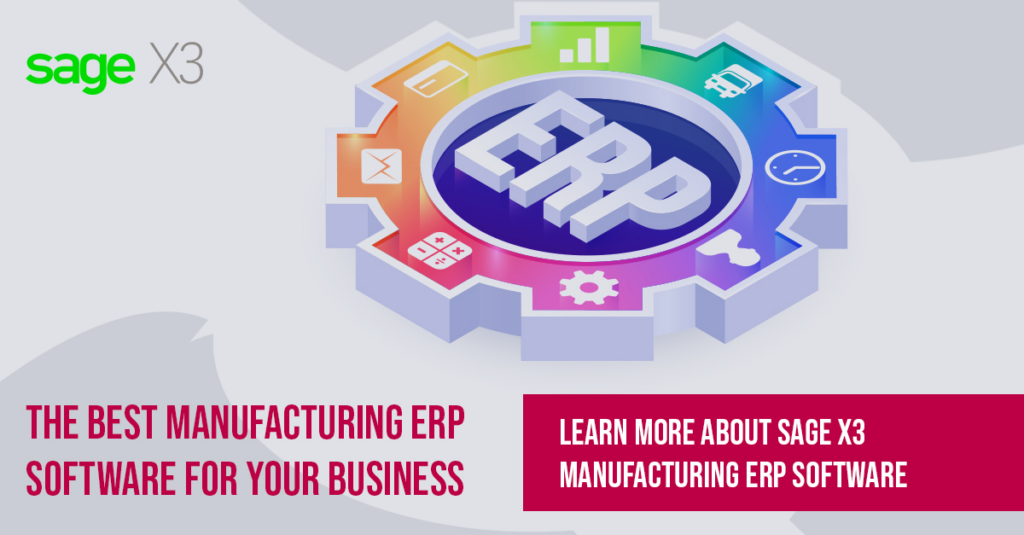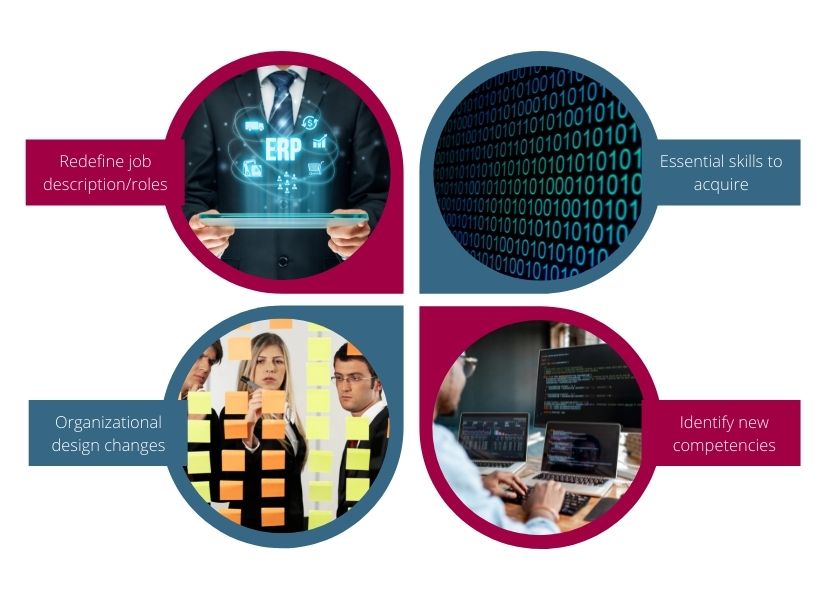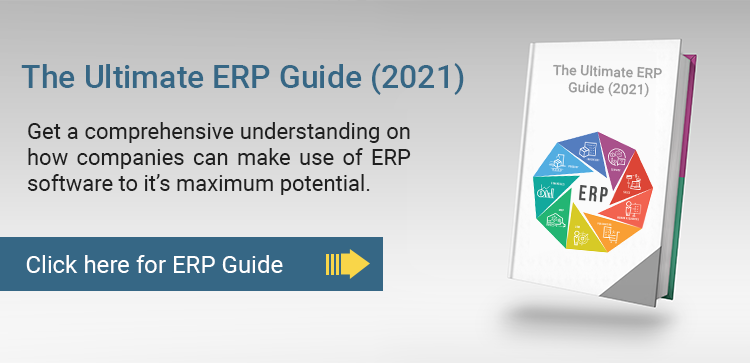Summary: Enterprise Resource Planning (ERP) software is the backbone of companies across industries. It improves efficiency, enhances productivity, minimizes operational costs, and eliminates risk. It also facilitates the free flow of critical business information between various business departments. But while modern ERP software can help you become a market leader, the implementation management strategies can sometimes be painstaking.

While resistance to change to a certain extent is non-avoidable, poorly executed change management is the worst mistake you can commit while implementing an ERP solution.
Don’t consider change management a separate phase of the ERP implementation process. Instead, it’s an integral part while brainstorming different implementation management strategies. Therefore, it should permeate the project team’s culture and be deeply embedded in the methodology.
This article will discuss 5 critical change management strategies that will enable a successful ERP implementation:
1. Brainstorm a smooth implementation strategy
The primary users of the ERP software are always concerned about how the implementation process will impact their day-to-day functioning. Therefore, it’s critical to brainstorm a smooth post-implementation strategy that will clear all their doubts and explain to them the importance of ERP software.
Here are the essential factors you must remember while designing post-implementation management strategies:
- Prepare an ERP training plan that will provide a comprehensive view of how employees will be trained to operate the ERP software.
- Discuss upgrade and maintenance plans with the ERP implementation vendor.
- Create a central repository of training videos, ebooks, guides, and articles that employees can refer to whenever they want to learn more about a particular topic.
- Formulate a plan of continuous improvement that will help you implement new items and upgrades, which were not a part of the original implementation plan.
- Create a workflow and designate the following duties to employees:
a. Where should request changes be sent and who should handle them?
b. How often should the team meet to resolve issues and plan on something new?
c. Who is responsible for providing approvals for the project and granting access to critical business data.
Also Read: Top 5 ways to drive a successful multi-company ERP implementation
2. Prepare a strong case for change
Explaining the benefits of ERP software to every employee across the company hierarchy is essential to reduce resistance against the implementation process. Employees are often skeptical about the need to implement a new software because of various reasons, such as:
Therefore, it’s vital to communicate the project scope and the rollout management strategies to relevant stakeholders — employees, CXOs, vendors, suppliers, distributors, and other third parties. It enables employees to understand how ERP software will:
- Impact the efficiency and productivity of the employees?
- Allow the company makes massive profits in the long run?
- Help build robust and long-lasting customer relationships?
- Enable collecting and analyzing data from numerous sources and revealing hidden insights?
- Assist responding to customer queries instantly?
3. Engage with business stakeholders
Talking with business stakeholders is crucial as it allows them to understand the impact of the change management strategies. A change management plan facilitates dialog between the senior management team and junior executives. Therefore, it’s vital to prepare a detailed employee communication plan that covers the following topics:
- What will be communicated?
- To whom will it be communicated?
- By whom will it be communicated?
- When will it be communicated?
- How will it be communicated?
Each communication plan must include the project scope, milestones to be achieved, short- and long-term goals, deliverables, success factors, failure risks, and how to implement new solutions.
Moreover, change management strategies should also identify key stakeholders within your company and external vendors. After that, it would be best to figure out their level of support for the ERP implementation process. Your primary objective should be to boost their knowledge and clear their doubts.
Further, conducting mid-implementation check-ins will allow you to assess the morale, enthusiasm, and readiness of employees and know about the fears and inhibitions they have in their minds about the implementation process.
Also Read: Change Management: Keep your employees excited about a new ERP system
4. Prepare your workforce to sail through the ERP implementation phase smoothly.
Your organization will completely transform once the ERP implementation process has finished. As a result, you need to train your workforce to use the software optimally. But along with providing technical training, you also need to take care of the following factors:
In this phase, you should recognize your workforces’ abilities and experiences and map the set of skills they might need to learn after the implementation phase is complete. You might also need to hire new employees with specialized skills to operate industry-specific functions in the ERP software.
A significant part of change management strategies also involves explaining to leaders, end-users, process owners, customers, and suppliers how their work will be impacted after the implementation phase is over.
Also Read: Top challenges in ERP implementation
5. Create an organization that is aligned with future goals.
Examine the strengths and abilities of your organization and create a detailed description of the business processes and improvement areas of each department. Also, track the daily functioning of all the branches located across different geographies. Prepare a foolproof transformation plan once you have collected all the details. This plan should shed light on critical points, such as:
- Defining new processes based on best industry practices.
- Analyzing and redesigning the job description of each employee.
- Assessing new requirements based on the changing market demands, customer preferences.
- Redefining the compensation structure, performance management, hiring, recruiting, and on-boarding parameters.
STAY UPDATED
Subscribe To Our Newsletter
At Sage Software Solutions (P) Ltd., we are home to world-class ERP software and CRM software that will solidify your business tech support fundamentals and enable you to build a customer-centric organization. You can also write to us at sales@sagesoftware.co.in.
Disclaimer: All the information, views, and opinions expressed in this blog are those of the authors and their respective web sources and in no way reflect the principles, views, or objectives of Sage Software Solutions (P) Ltd.








